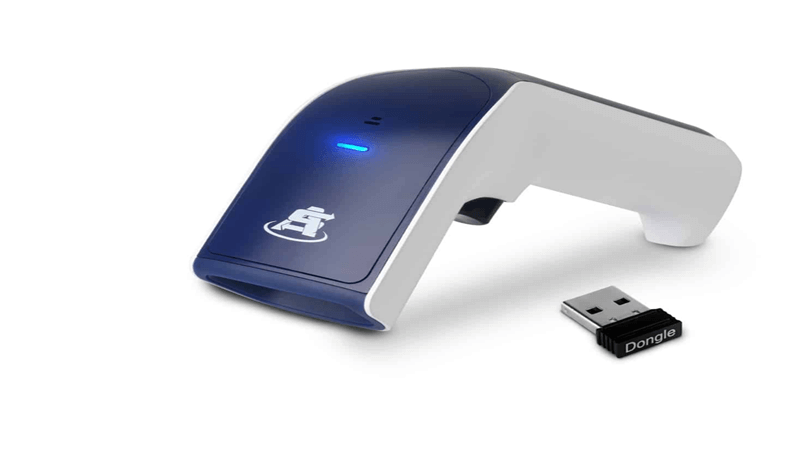Are you looking for business barcode scanner software? Taking this step boosts team productivity. Spreadsheet inventory tracking causes counting and data input mistakes, which will be almost eliminated. Before purchasing a scanning application, ensure it meets your company’s demands and goals. There are several barcode scanners, making it hard to pick one for your company.
Here are some tips for choosing the finest barcode scanner for your business:
Portability And Ideal Environment
Portability is crucial when choosing a barcode scanner. The scanner’s surroundings should be considered. Assume the scanner will go to the field. What are key qualities? You may desire a water-resistant, portable, extreme-temperature scanner. Retail scanners may not need to be portable or survive severe circumstances. Remember that barcode scanners are designed for different working situations when choosing one.
The Design & Reliability
Businesses often overlook the scanner’s appearance. Remember that weight, size, and performance are key to dependability when buying a portable barcode scanner. Lightweight, A comprehensive guide comfortable handheld scanners are needed.
- Scanner mobility and range: Business owners should consider barcode scanner flexibility.
- POS compatibility: When buying a barcode scanner, consider POS scanner compatibility. Some devices cannot support several hardware and software combinations, while others can. You need a barcode scanner that works with all your business
1D / 2D, or Both?
Your scanner must meet application scanning requirements. What kind of barcodes can it scan? 1D or linear barcodes (like the UPC retail code) and 2D codes may contain far more data. Common codes include QR Codes.
An imager or laser scanner can read 1D barcodes, while 2D codes need an imager. A laser or linear imager scanner may work for UPC or “license-plate” barcodes. An area imager is required to scan 2D codes now or in the future. Other advantages of imagers include picture and text scanning. Their durability is also higher.
You must also decide how distant the scanner is from the barcode. Scanner read ranges vary by model and technology, but they may be a few millimeters to many meters for long-range warehouse scanning. The scanner’s read range, barcode type A comprehensive guide, and size must be examined together to choose the ideal one.
Look For Comfort
Use an easy-to-use barcode scanner for speedier transactions. Avoid scanners that take longer to connect to stations. Smaller enterprises with fewer stations may benefit from Bluetooth-enabled wireless scanners. The main drawback of wireless scanners is that they must be charged before usage.
Mobility And Bluetooth Connectivity
You know whether you need a cordless barcode scanner based on your company’s needs. Not all cordless barcode scanners are the same, but they are handy. Though it may not communicate data wirelessly to your central database, A comprehensive guide cordless barcode scanner works without electricity.
That means your workers may travel about your facility or the field and take data, generally with a storage limit on the portable scanning device, which is uploaded when connected. Data from two portable scanning devices must be uploaded quickly to minimize inventory conflicts and other mistakes.
Bluetooth-enabled iPad-compatible barcode scanners let your team record data on the go, immediately send it, and update it in a central database.
With so many alternatives available, the above principles will help you monitor merchandise entering and leaving your firm. Barcode scanners may help your business track inventory entering and exiting your facility.
